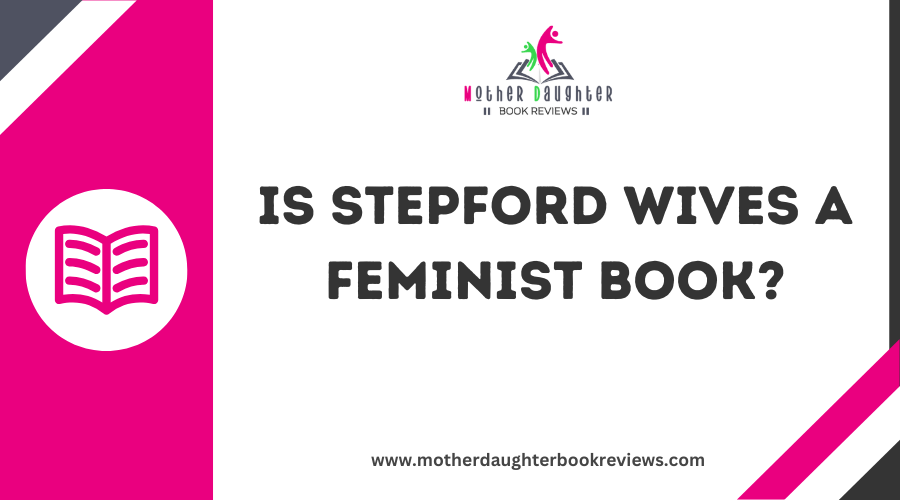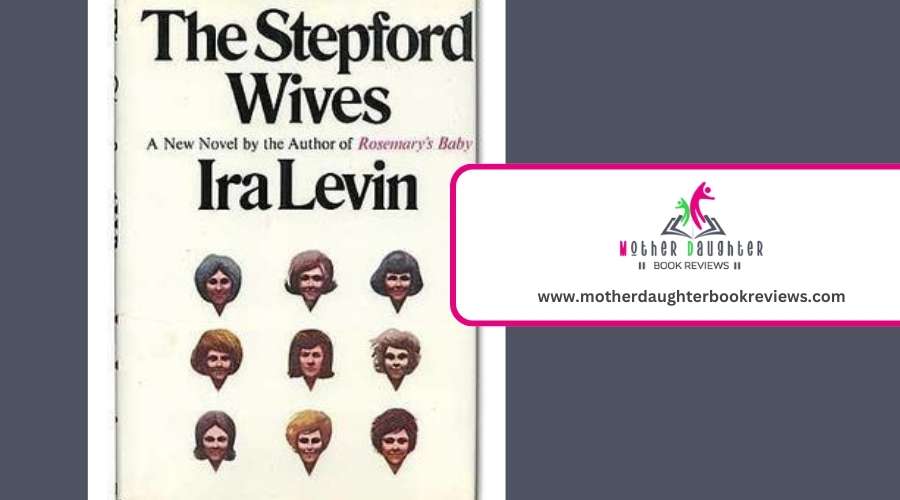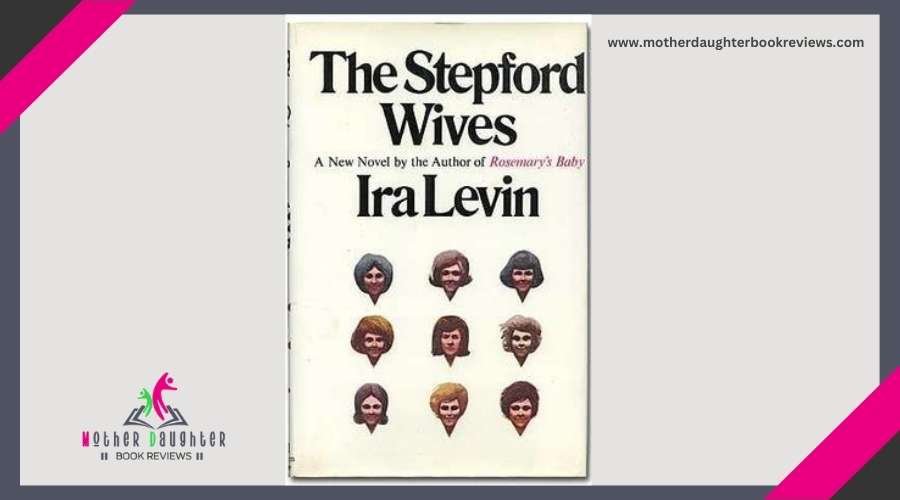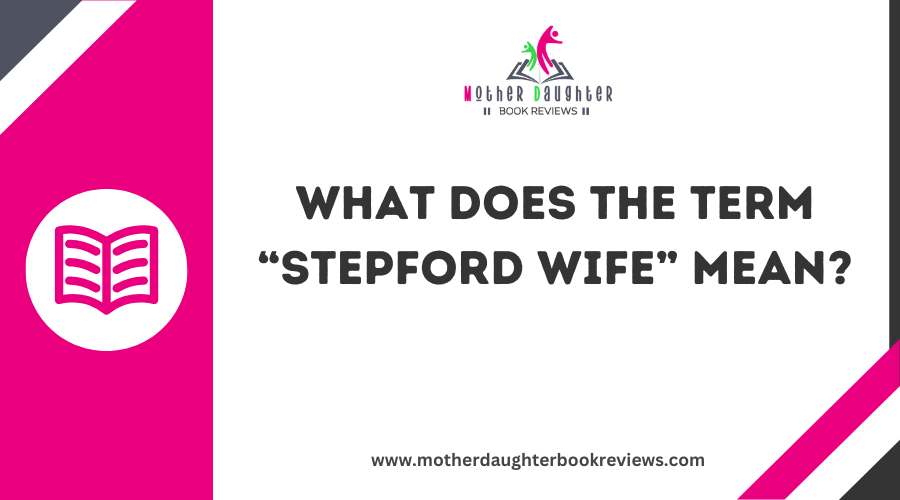Is Stepford Wives a Feminist Book?

The Stepford Wives is undoubtedly a feminist horror classic that offers a chilling critique of the societal pressures placed on women to conform to rigid gender norms within the suffocating confines of suburban life.
Through its dramatization of male anxieties and the refusal to share domestic burdens, the novel is a savage allegory of men's efforts to curb women's autonomy and imagination. Explore deeper to uncover how Ira Levin's seminal work wrestles with the underlying suburban neurosis and the patriarchal need for domination over women's lives.
The Stepford Wives: Symbolic Domesticity
Ira Levin's 1972 novel The Stepford Wives dramatized women's suburban alienation and the men's resistance to feminist change, offering a chilling satire of male fears. Through the character of Joanna Eberhart, the novel follows a New York woman who realizes the Stepford wives have been replaced by robotic, obedient counterparts - a symbolic representation of the societal pressures on women to conform to traditional domestic roles.
Levin's exploration of suburban neurosis and the resistance to sharing domestic burdens reflected the real-life tensions of the 1960s and 1970s Women's Liberation Movement, making The Stepford Wives a scathing commentary on the backlash against feminist change.
The term “Stepford wife“ has since become deeply embedded in popular culture, representing the artificial perfection and submissiveness that the novel's men desperately sought to create in their spouses.
Male Anxieties and Feminist Awakening
The Stepford Wives' chilling premise and Joanna's gradual awakening to the truth offered a savage critique of the postwar gender order and heterosexual marriage. Ira Levin's novel satirized male anxieties about women's liberation, dramatizing the refusal of husbands to share domestic burdens.
The story's docile and obedient robot-like wives represented the societal pressures that transformed many women into domestic "robots" in the 1960s and 1970s. The Stepford Wives echoed women's experiences of suburban alienation, serving as a powerful feminist horror that exposed the gender order's resistance to women's liberation.
Like Marco Polo's detailed observations of distant distant Eastern cultures challenged European assumptions, the novel confronted deeply held beliefs about gender roles in suburban America.
Adaptations
The Stepford Wives has been adapted into numerous films and other works. The first Stepford Wives movie was released in 1975, directed by Bryan Fobes and starring Katharine Ross as Joanna Eberhart. It remains the most faithful cinematic adaptation to the novel.
The second feature-length film adaptation of the same title, released in 2004, was directed by Frank Oz and starring Nicole Kidman as Joanna Eberhart. While it retains the novel’s basic premise, it deviates significantly in tone, taking in a black comedy approach.
Other adaptations include three made-for-TV movies. They include The Stepford Husbands, a gender-reversed version of the concept, with the wives turning their husbands into “perfect” and submissive spouses.
The Stepford Wives has also been adapted into a stage play and radio drama. Additionally, the novel’s concept has been referenced in several films, TV, and printed media.
Critiquing Gender Norms in Suburbia
The Stepford Wives novel critiques the stifling gender norms that constrained suburban women in the postwar era. Author Ira Levin satirizes the transformation of women into domestic robots subservient to their husbands, dramatizing the real problem of suburban living alienating women and pressuring them to conform to rigid gender roles.
The story follows Joanna Eberhart, who uncovers the men of Stepford have replaced their wives with robotic, submissive counterparts - a chilling allegory of male fears towards women's liberation and the patriarchal control over women's bodies and agency.
Levin's feminist horror story reverberates in a post-Roe v. Wade world where men still seek to limit women's autonomy. Like modern children's literature that emphasizes diverse character development, the novel challenges traditional narratives by exploring complex themes of identity and social conformity.
Exploring Suburban Neurosis and Control
Beyond the novel's piercing critique of gender norms, Levin's work also examines the underlying suburban neurosis and the patriarchal need for domination. The Stepford Wives exposes the dark underbelly of heterosexual marriage, where Ira Levin's protagonist, Joanna Eberhart, confronts the robotic wives, a manifestation of male fears of women's liberation.
In a post-Roe v Wade world, the novel's chilling exploration of men's efforts to regulate women's bodies and imaginations remains deeply resonant. Stepford's suburban alienation and the husbands' scheme to replace their wives with obedient robots accentuate the pervasive desire to subjugate women, even in the domestic sphere. Levin's work is a savage indictment of the patriarchal control that still seeks to restrain women's autonomy.
Legacy of a Feminist Horror Classic
Ira Levin's chilling 1972 novel, The Stepford Wives, has endured as a seminal work of feminist horror, resonating with readers for its savage critique of male control over women's lives. Though the 2004 film remake diluted the novel's feminist commentary, the term "Stepford Wives" has, nevertheless, entered the cultural vernacular.
In a post-Roe v Wade world, Levin's cautionary tale of husbands replacing their wives with robotic, obedient counterparts remains a potent reflection of men's efforts to curb women's imaginations and autonomy.
Echoing Levin's earlier horror classic, Rosemary's Baby, The Stepford Wives stands as a feminist horror classic, wrestling with the male fear of women's liberation and the lengths some will go to maintain heterosexual marriage's patriarchal grip.
Reconsidering Levin's Feminist Narrative Approach
While Levin's fluid approach in The Stepford Wives has often received numerous praises for its feminist undertones, some critics argue that the book's exaggerated depiction of gender relationships may undermine its intended message.
Ira Levin maintained that the novel was not a satirical work. Instead, it is a disturbing premise exploring suburban women's alienation and male control over domestic oppression.
However, the cartoonish portrayal of gender dynamics in the exaggerated narrative has led some to question whether it effectively conveys feminist themes. The term "Stepford Wife" has become a derogatory reference, potentially diluting the book's original intent to warn about the dangers of male control over women.




